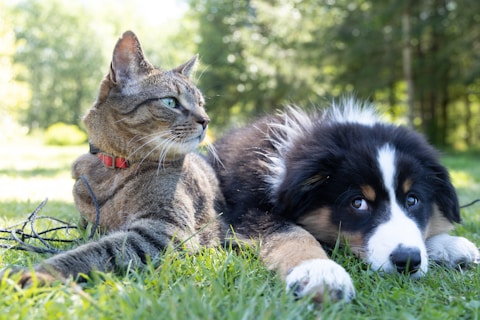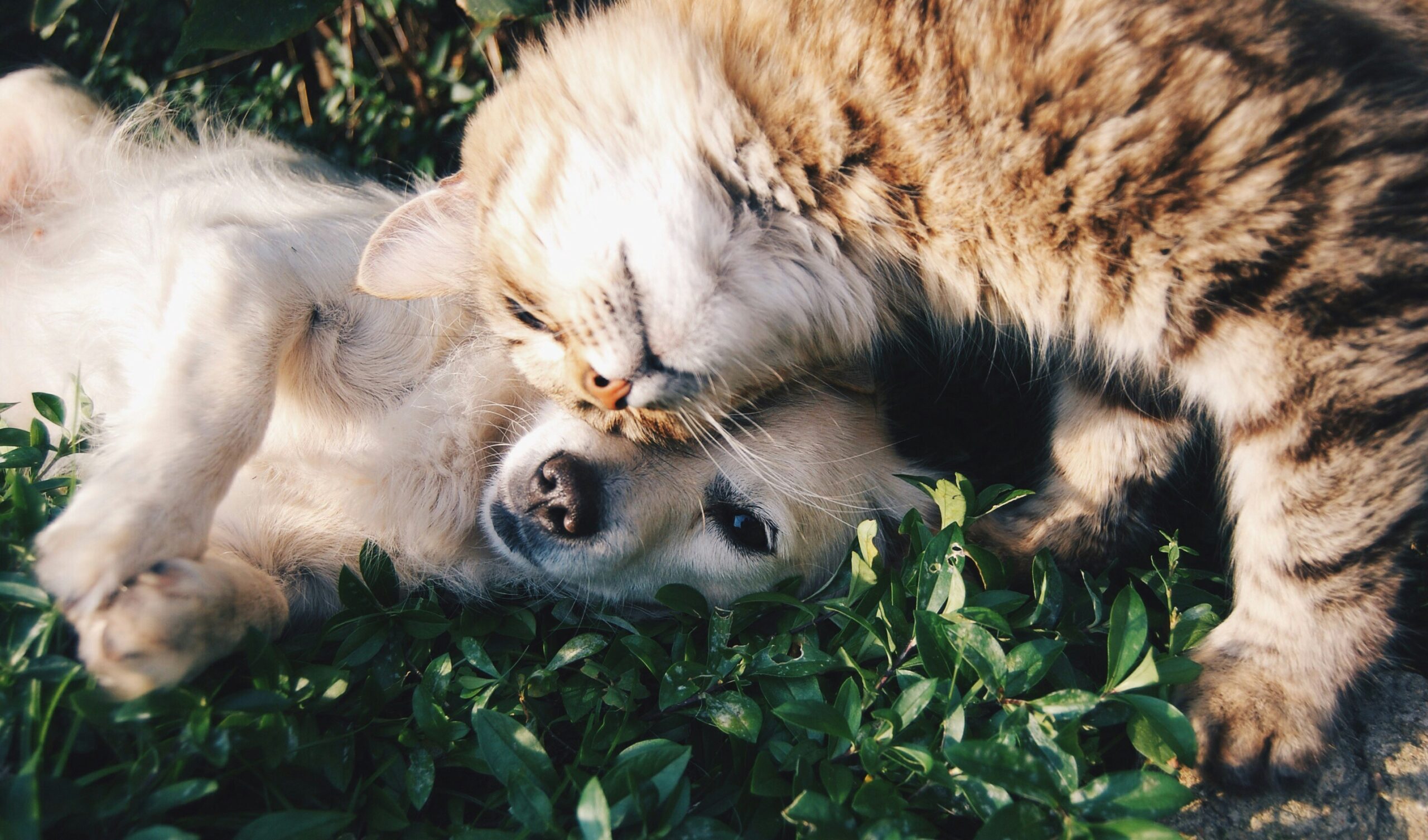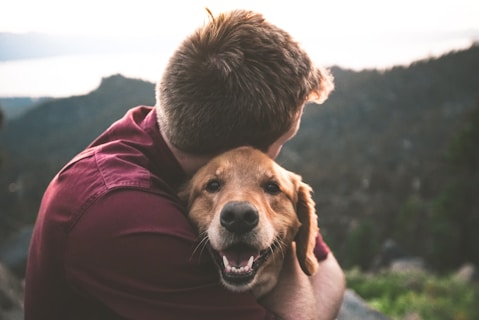

One of the first and most essential lessons for any new dog or puppy is house training. Teaching your dog where and when to relieve themselves helps create a clean and stress-free living space for both of you. While accidents are a normal part of the learning process, with consistency, patience, and the right approach, your dog will quickly learn good bathroom habits.
House training isn’t just about hygiene—it’s about communication. Dogs don’t naturally understand that your living room isn’t an appropriate place to go potty. You need to guide them toward the correct behavior with gentle and consistent teaching.
Benefits of house training include:
The best time to start house training is immediately after your dog or puppy comes home. Puppies can usually begin training as early as 8 weeks old. Adult dogs, including rescues, can also be successfully house trained—though it may take a bit longer, especially if they’ve never lived indoors before.
1. Establish a Regular Schedule
Dogs thrive on routine. Feed your dog at the same times each day, and take them out to eliminate:
2. Choose a Potty Spot
Take your dog to the same spot each time. The scent will remind them what they’re there to do.
3. Reward Immediately
Praise and give a treat right after your dog finishes going outside. Waiting too long may confuse them.
4. Supervise Indoors
Keep a close eye on your dog indoors, especially during the early stages. Watch for signs like sniffing, circling, or whining, which may indicate they need to go.
5. Use Crate Training
Dogs naturally avoid soiling their sleeping area. A properly-sized crate can help teach bladder control and prevent accidents when you’re not watching them closely.
Accidents will happen—don’t punish your dog. Instead:


